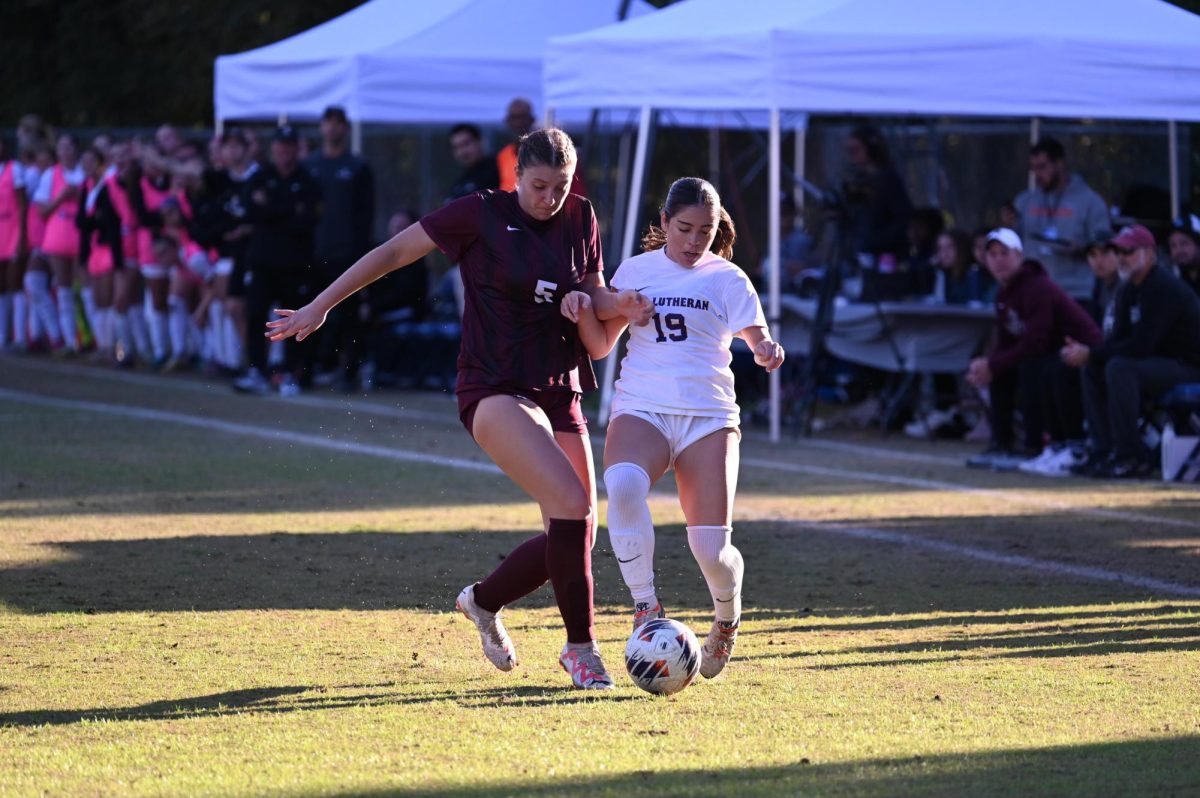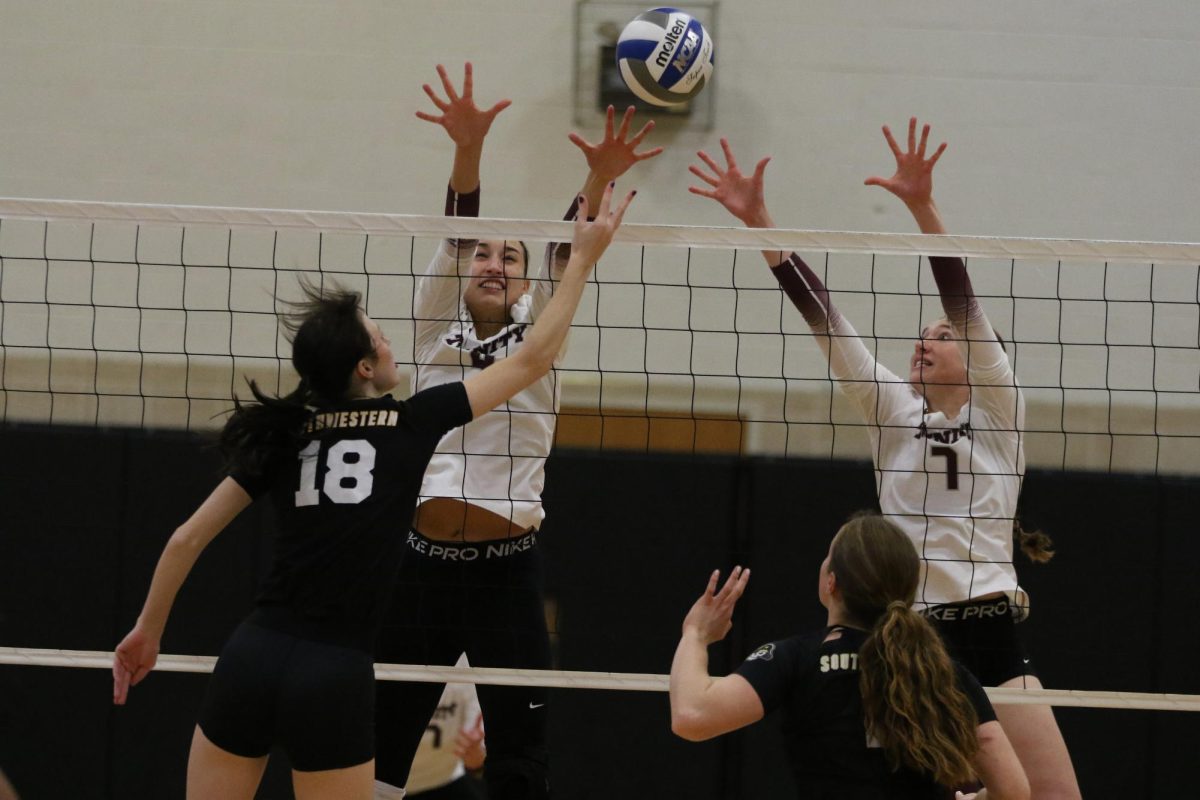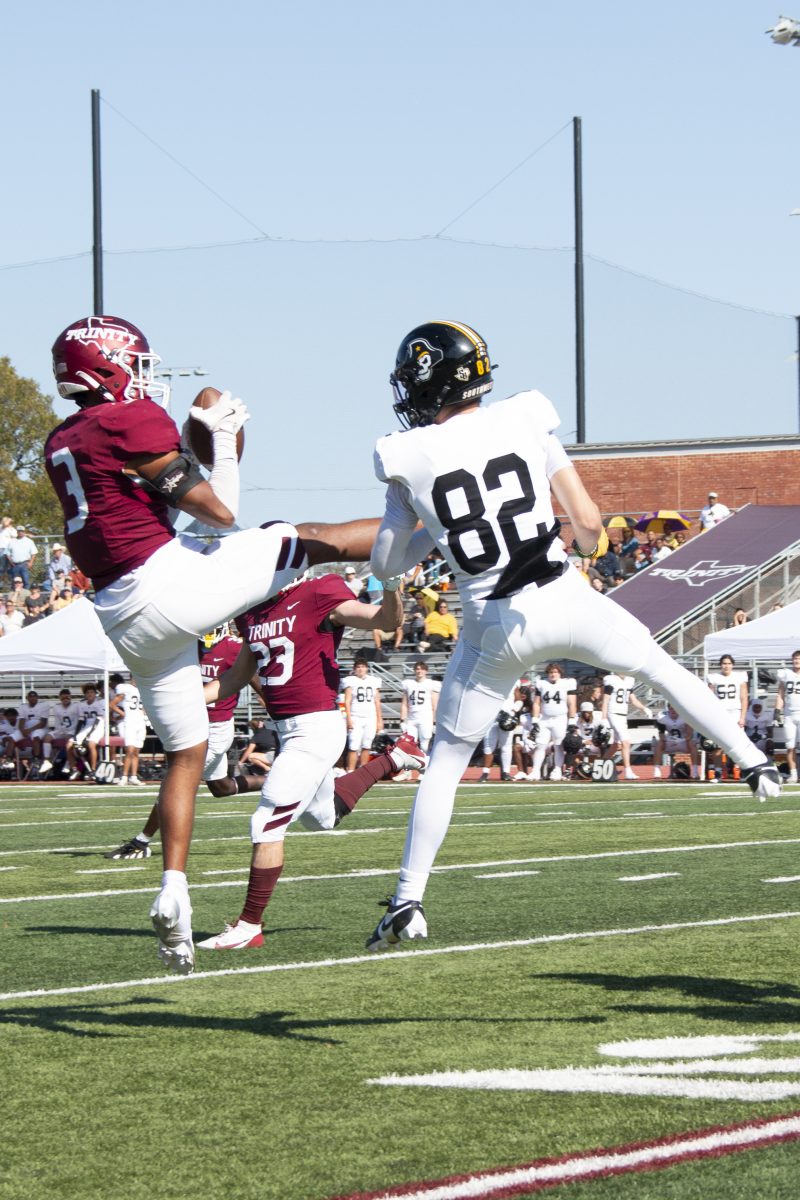Trinity University has announced that the William H. Bell Athletic Center will be undergoing a $14.2 million renovation project that is scheduled to begin September 2015 and end August 2016.
“It [the renovation] will better reflect the whole university,” said Seth Asbury, associate director of athletics for facilities and operations. “Most students live in renovated dorms. They study in the amazing CSI building. Students, faculty and staff will be able to exercise in a new and improved Bell Center.”
There will be many different improvements to the building and the project will affect everyone that uses the facility.
The biggest change will be the addition of a new multi-level fitness center that will be constructed near the current entrance.
It will include three floors with an aerobic dance space above the current ground level, an aerobic fitness room at the ground level, and weight training room at the same level as the natatorium. Each level will also feature large windows with a view of the campus.
“If you’re on treadmills you’ll be able to see who’s outside and look around. If you are on the top floor, you’ll be able to look out over the baseball field. Then there will be an area cut out when you’re on the cardio level that you can look down on the natatorium level and see all of the strength machines,” said Bob King, director of athletics.
The idea behind the space is to create a wellness center for both students and faculty to use.
“I think it is going to be great for all students and faculty to have a place to gather and have a fitness experience,” King said. “Our goal was to do something for the entire campus, not just for athletics.”
This area will also have a separate entrance and possibly extended hours of operation.
“I think this big idea was that you could do longer hours, even if we don’t end up with 24 hours,” said Justin Parker, assistant director of athletics and sports information. “It is easier for TUPD to help monitor that area because it is right up in front.”
Other facility changes will include a conversion of five of the seven racquetball courts in to a 4,000-square-foot Olympic strength training room.
“I know everyone on the team is really excited about [the training room], and everyone from the other sports is excited just because it can get really crowded, and there is not enough rackspace,” said sophomore women’s tennis player Elena Wilson.
Since there will be two weight training rooms with the new renovations, the strength training room will now be scheduled for use by athletic teams and open to the student body when it is not in use.
“Now, since we have two weight rooms, there will be an all-student, all-faculty weight room and then a strength room, which is separate with sophisticated strength equipment””not just general exercise””that teams can schedule to use,” King said.
There are also plans to expand and upgrade the locker rooms, which would directly benefit the Trinity athletes. Wilson is most looking forward to the locker room renovation.
“The lockers are going to be big enough for our tennis bags, so we won’t have to haul them around, which is really nice,” Wilson said.
There will also be upgrades to the mechanical and filtration systems in the Hixon Natatorium, a pool area open to Trinity athletes, students and faculty.
Sams Gymnasium will also get many upgrades that include the addition of new bleachers, scoreboards, scoring tables and locker rooms.
The initial construction will be staged in phases to ensure minimal impact on the interior during the renovation.
“It will be inconvenient, but I’m a science major so when CSI was being constructed I still went there. the inconvenience will probably deter me a bit though [at the bell center],” said sophomore Kathryn Schoer.
Construction will begin by focusing mainly on the exterior entry area. The other areas of renovation will take place in subsequent phases throughout the year.
Trinity’s student-athlete population has more than doubled in the past 20 years, and nearly 70 percent of the student body utilizes the facility for physical education classes, intramural and recreational activities as well.
“We went on a trip to the Midwest this summer and looked at schools like Trinity,” King said. “So we saw what other schools were doing for their students, and that’s where we got a lot of these ideas.”






